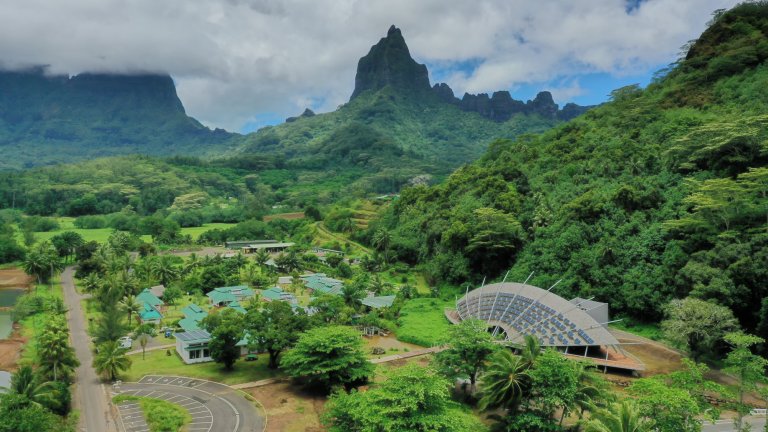
© Anthony LAGANT / CRIOBE / CNRS Images
View the mediaScientific news
18 May is International Museum Day, this year's theme is "The Future of Museums: Recover and Reimagine". On the verge of the reopening of museums in France, we will once again have access to our cultural heritage.

© Anthony LAGANT / CRIOBE / CNRS Images
View the mediaA historical legacy and an "irreplaceable source of life and inspiration", our cultural heritage now constitutes a major part of our history. Discover how a multitude of scientific disciplines have mobilised to conserve and transmit our heritage to future generations.
Linking fundamental with applied research, the heritage sciences work on a cross-disciplinary basis not only to identify the materials and techniques used by the creators of this heritage, but also to analyse the phenomena that alter or destroy it over time.
The research covers all types of heritage, whether physical, intangible or digital, and encompasses all the areas of intervention of the professionals working to conserve it and explain it to the public.
Our work is guided by the way scientists question the world around them and we translate their research into images to help people to understand the world better and to awaken their curiosity and wonderment.